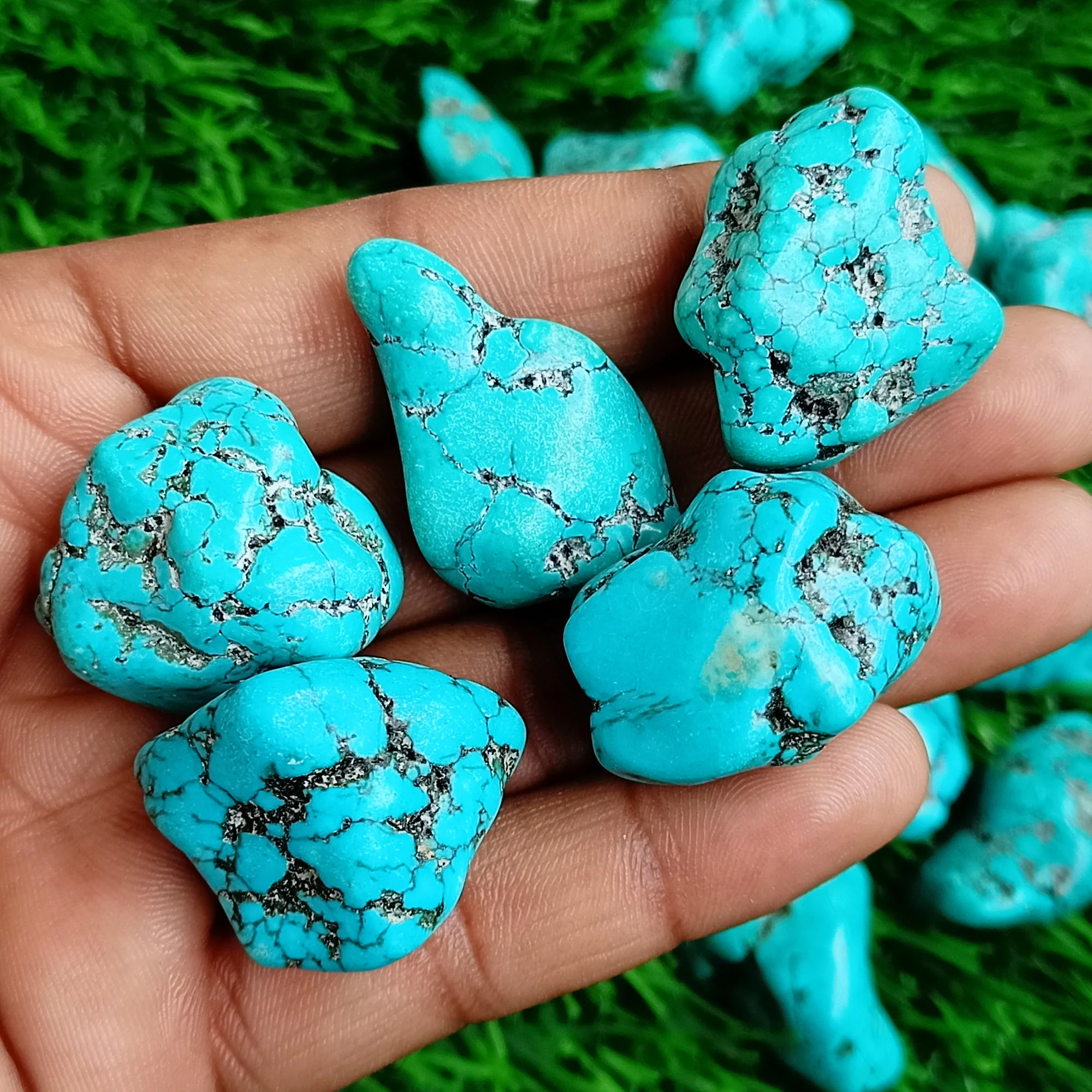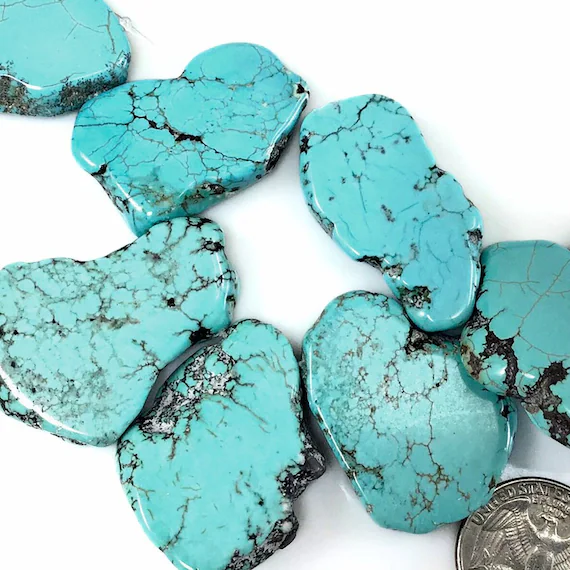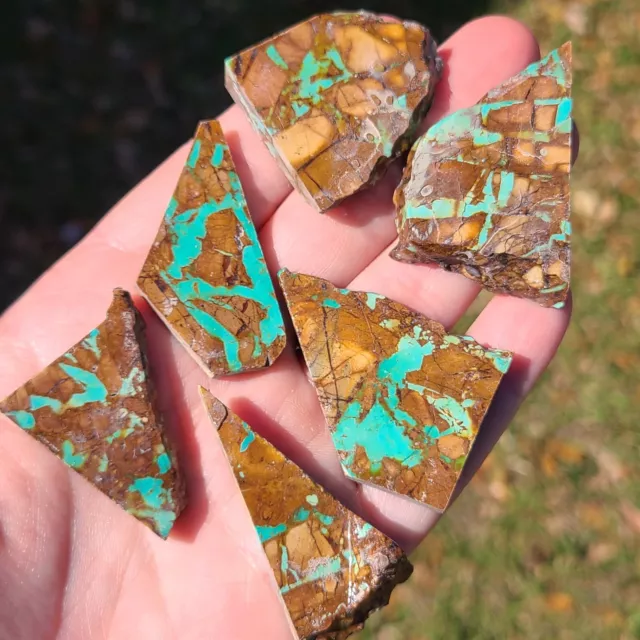Tips On Buying Authentic Native American Jewelry
- jessicaanngoodman
- Mar 27
- 4 min read
Updated: Mar 29
With access to so much jewelry in today’s world, we are fortunate, but also have to be careful. Imported Native American jewelry is rampant especially due to platforms such as Ebay, Etsy, etc. Sadly, imported and ‘fake’ Native American jewelry has been around since the 70s, so even older pieces we assumed were authentic might not be.

Have Ample Resources: The internet is a great resource but there are many books that are invaluable (please see my Book Blog). One of the best resources we have currently is Bille Hougarts “Native American and Southwestern Silver Hallmarks.” While not every artist is in here, it’s an ample book, with artist biographies and the history of hallmarks. Purchasing unsigned pieces can be challenging for a new collector so to have this guide handy to look at hallmarks will help avoid buying imported and ‘fake’ pieces with made up hallmarks (more on that on the Import Blog). There are books on Turquoise, Zuni, Navajo, Hopi and Pueblo jewelry, antique jewelry, concho belts, etc. The more books you have to refer to - the better!
Handle As Much As You Can: I understand that not everyone lives in an area with Native American jewelry available - but it doesn’t hurt to look and see. Pawn shops, antique stores, flea markets, estate/garage sales, etc can all be great fun places to look at jewelry. Of course these places may not be vetted so you do have to be careful! But to just look/touch at actual jewelry will help strengthen your eye. Ideally, if you have a gallery or store that sells Native arts, that would be a must go to.
Study, Study, Study: Pick an area or time period that is of interest to you (antique Navajo, fetish necklaces, squash blossoms, contemporary Hopi, etc) and hone in. Purchase books that focus on that area, join Facebook groups, find dealers/galleries who specialize in your area of interest. Look at authentic versions of what you enjoy and compare them to imports, learn the artists names and what their hallmarks look like, study the materials these pieces feature, etc. Once you feel confident in that arena - you can move onto the next! Here is an example off Ebay - the inlay bear on the right is an import while the one on the left is by known inlay artist Calvin Begay. Can you see the difference in materials and style? One uses natural materials and the other uses block stones and lacks finesse/artistry. See if you can guess!
Learn The Difference Between Block/Faux Stones and & Real Stones: A lot of this will come from handling jewelry, but take a look around online or in person, even craft stores or lapidary studios would be helpful. Most imports use “block” materials. Block Turquoise/stones are either completely synthetic or reconstituted materials mixed with resins and sold in literal ‘blocks’ - hence the name. Dyed Magnesite and Howlite are other stones to study and often used in jewelry to mimic actual Turquoise. These materials should be avoided as they hold no value or collectability. They look and “feel” different - with unnatural matrix, tonal color, a dull flat shine. These materials have been stabilized for a while so color is locked in - making tests such as acetone and hot needles outdated.
(Left to Right: Dyed Magnesite, Turquoise Nuggets, Magnesite Slabs, Royston Slabs)
Be Curious/Ask Questions: Don’t be afraid or shy to ask a seller questions. Not all sellers will be knowledgeable about Native American jewelry but it doesn’t hurt to ask. If you get a bad feeling or suspicion about the piece, do some research first, or ask a knowledgeable source.
“Rules” To Guide You: There are of course ‘rule breaking’ jewelry pieces but these are some general guidelines to help you start off on the right foot when looking for Native American jewelry.
Native American jewelry rarely has an open back. If so, it’s generally with faceted stones, and you would want a confirmed artist hallmark.
(Examples (left to right) - Open back imported pendant, closed back Navajo pendant, open back faceted stone cuff by Navajo artist Clem Nalwood )
Look at the difference between Tibetan/Nepal jewelry and Native American jewelry. Tibetan/Nepal jewelry can have Turquoise in it and it’s often sold incorrectly as Native American
The use of “925” vs “Sterling” is a newer trend for Native artists. You would want to buy pieces stamped “925” when there is a confirmed artist hallmark paired with it
Be leery of necklaces/squash blossoms/etc with Sterling beads that have vertical seams or machine made with no seam beads. These are often seen on “dupes” (more on that in the Bead Blog), can be plated, or nickel. Native American sterling beads have horizontal seams
The use of imported silver components and dyed materials should be examined carefully. There are artists who do work with dyed materials or block - but many times these are seen on imported items. One main example of a red flag is the little rosette bead we see on necklaces appearing to be Native American - these are plated and imported.
The use of the term “Handcrafted” vs “HandMade” Stamped on pieces - Imported jewelry is oftentimes stamped ‘handcrafted’ - especially inlay jewelry imitating Zuni work. “Handcrafted” is a big red flag! Native American artists have used and continue to use their own variation of the word ‘handmade’ on items. These can include: “Handmade by Indians, “IHMSS (Indian Handmade Sterling Silver,” “IHMJ” (Indian Handmade Jewelry) or just simply “Handmade” stamped or etched on a piece
(Left to right: Example of Ronnie and Ramil Glodove from the Philippines using “Handcrafted.” Navajo artist Hyson Craig using “IMHSS” on a cuff)
Learn the name of artists/shops/manufacturers commonly sold as Native American: Carolyn Pollack, Carol Felley, Jay King, Schubes, etc
-



















